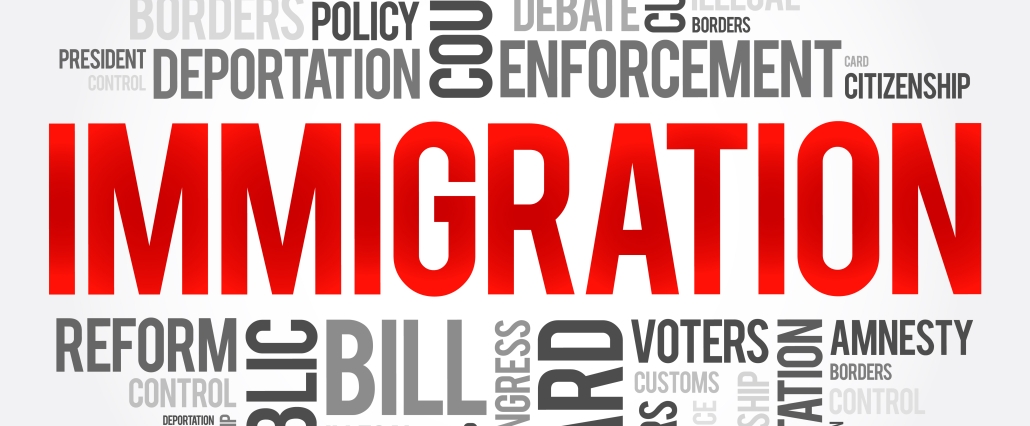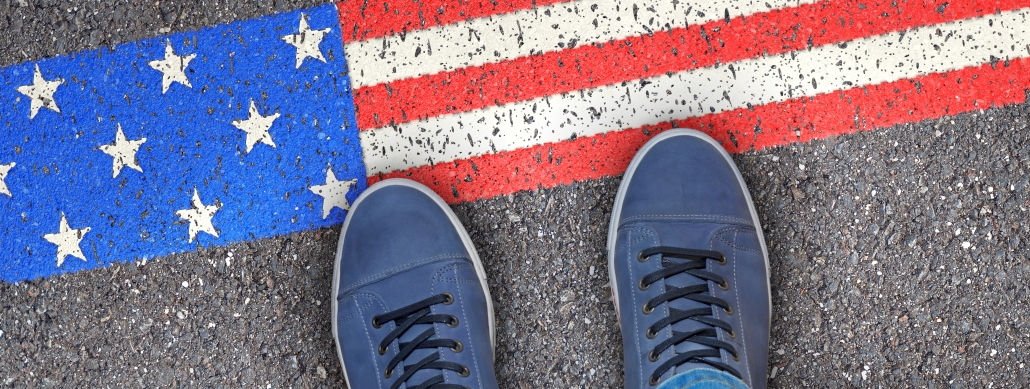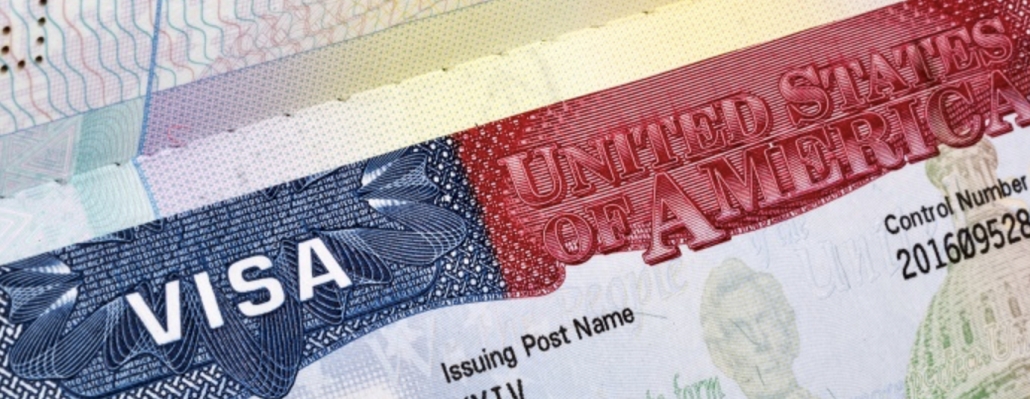[vc_row][vc_column][vc_column_text]Hundreds of thousands of people suffer ladder-related injuries in the United States every year. Falls from even short ladders can result in serious injury and death, necessitating caution for any workers planning to use a ladder for any purpose. Numerous studies exhibit data that paint a cautionary tale for workers and homeowners using the common tool.
- 43 percent of fatal falls in the 2000s involved ladders
- 20 percent of workers injured in a fall were using a ladder
- 81 percent of construction workers injured in a fall that was treated in an emergency room were using a ladder
- About 500,000 people fall from ladders annually
- 97.3 percent of ladder-related injuries occur at homes or farms
- One person, one ladder, unless the ladder is specifically designed for more than one user
- Do not use a ladder if you are tired or feeling faint
- Do not use a ladder in high winds
- Do not wear low-traction shoes when climbing a ladder
- Confirm the ladder you are about to use is in good physical condition - ladders that sway or lean should be discarded
- Confirm the ladder you are about to use is the appropriate strength for the job - never exceed the weight limit of a ladder
- Confirm the ladder you are about to use is the appropriate length for the job - never step on the top rung of a ladder
- Ensure the ladder is placed on solid, level ground
- Ensure the ladder is not positioned in front of a door or gate that could open into the ladder - block, lock, or guard the door if necessary
- Do not climb a ladder without having free hands
- Climb ladders slowly and deliberately - avoid sudden actions that could cause you to lose balance
- Do not attempt to reposition a ladder that you or someone else is standing on
- Do not attempt to lean beyond the sides of a ladder
- Always keep three points of contact with a ladder - either two hands and one foot or one hand and two feet.














